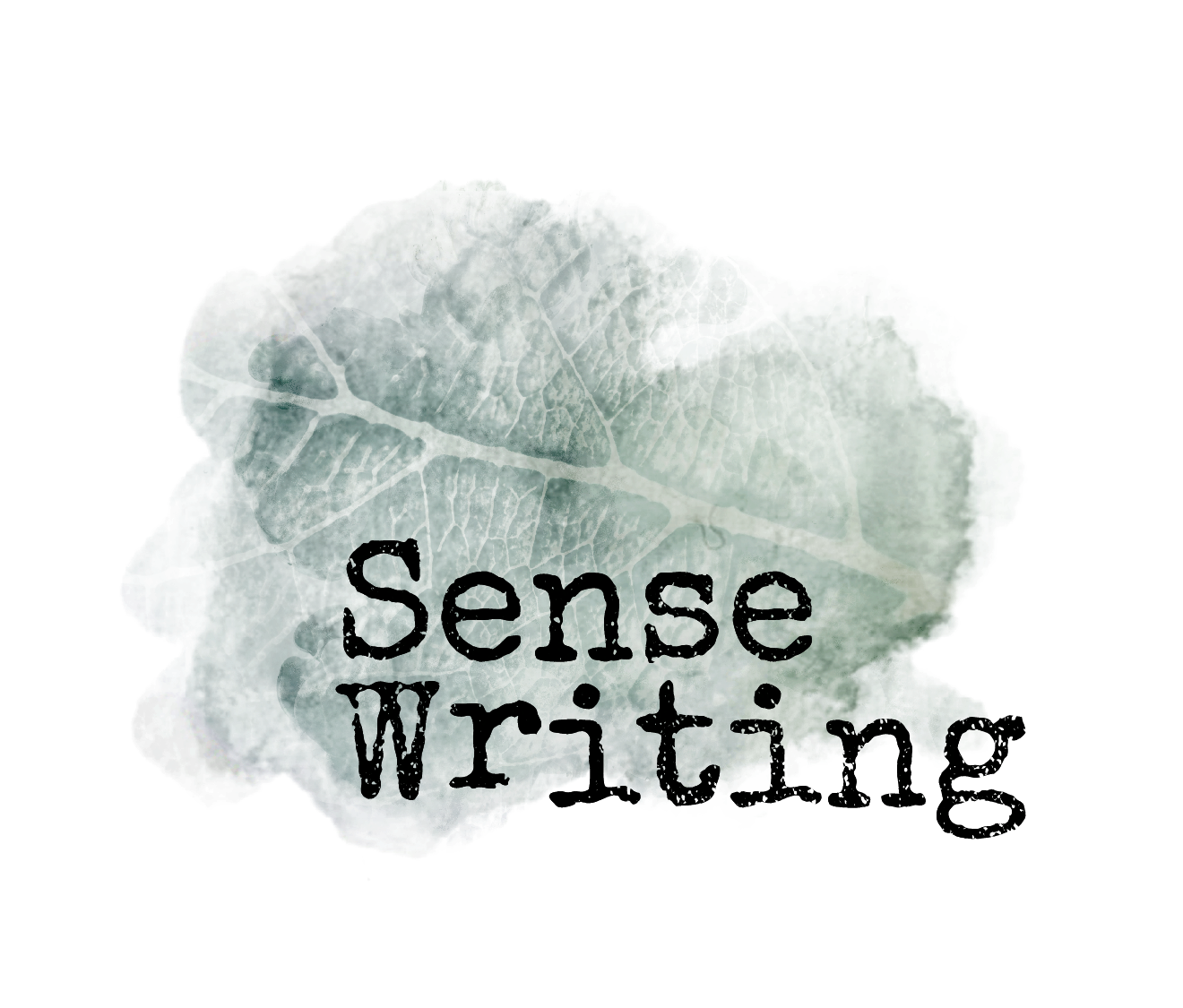As artists and writers, we want to feel connected to ourselves, our communities, our creative voices.
But we’re also human— and when things are hard, it’s natural to get caught in coping mechanisms,especially when we’re wired to respond this way in times of crisis. We grasp at ways of controlling our environment and lessening uncertainty.
As artists our job is to transcend these reactions, and find full, embodied responses to the beauty and pain around us.
So how do we do it? How do we get inside the texture that can’t be contained into soundbites?
How do we invite a more empathetic way of experiencing and expressing, as artists and as people?
In my college years, I encountered an answer to this in a surprising setting: not in art but in science.
The Way Back Home
At the time, I was immersed in a highly academic, hierarchical environment, one that constantly reduced experience and expression to abstraction.
And of course, this is what scholastic learning is so good at. It’s helpful, heuristic, exciting (Thank you, antibiotics!).
But we can get stuck in this kind of inquiry. This kind of dualistic thinking, categorizing instead of integrating can become a habit of looking at ourselves and others this way.
Putting things in neat little boxes had given me (to put it in New York-ese) a lot of agita.
It was a relief when I landed in my professor Rolf Sattler’s class.
A world-renowned Botanist schooled in the rigors of the post-war German Academy, he spent his later academic life reacting against his earlier training, which looked at science and the natural world through the lens of a machine.
Attempting to transform his field of Botany away from traditionally reductionist models, he was looking for a more holistic approach. One in which the scientist is not apart from nature, but part of it.
And in doing so, Rolf became a pioneer in applying alternative lenses like systems theory and process philosophy, even Taoism, to our relationship to the natural world.
Botany and The Body
Seeing this courageous way of rethinking the scientific method stayed with me. Taking abstraction and finding connection in it felt almost mystical— an expansive way away from a narrow road.
Years later, when I found myself steeped in another hierarchical world— the theater scene in New York, for which you can use your imagination and probably be right— I found myself again sinking into rigid, reductive views, this time of what it was to “be an artist."
I’ve written a lot about this before: how I felt I needed to go back to the body, how I decided to leave New York and study the Feldenkrais Method.
Though I had studied other forms of somatic education before, when I started to practice Feldenkrais, it felt like a drop of ink in the veins of a leaf, lighting up old and new pathways of inquiry that I’d been immersed (and sometimes tangled) in for years in my creative work. Not just from writing and theater and dance, but also process philosophy, systems theory… and Botany.
Rolling on the floor, moving, I began to make the connections between the creative process and how the nervous system learns and heals. This practice gave me the foundation to re-think what art and art making are.
Like Rolf looking for a new way to engage with scientific inquiry, for me Sense Writing emerged as a way to tune our intuition, to engage with our internal and external worlds and how they mingle— to hone our own voices amid the noise.
Instead of coping strategies, Sense Writing offers specific techniques based on deep neuroplastic learning that can lead us away from the reductive categories that may be comforting at times but end up leaving us stranded.
In the next blog, we’ll see how much Botany and the natural world influenced Sense Writing. And there will be a Sense Writing gift sequence for you to experience for yourself.



